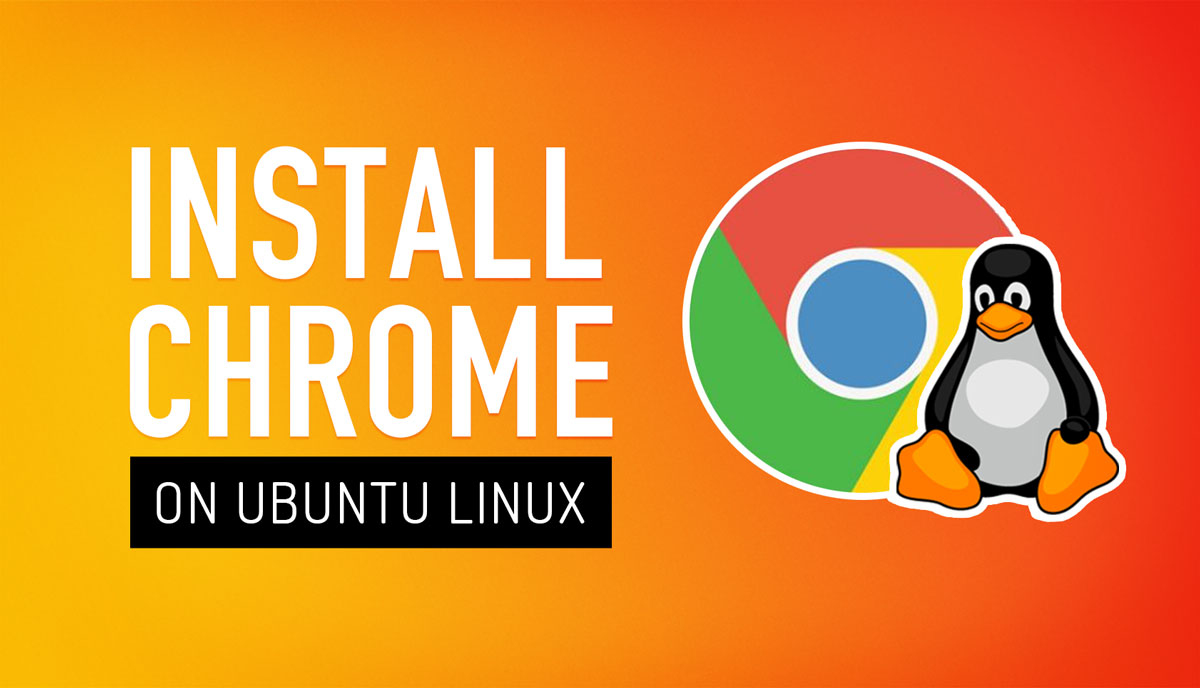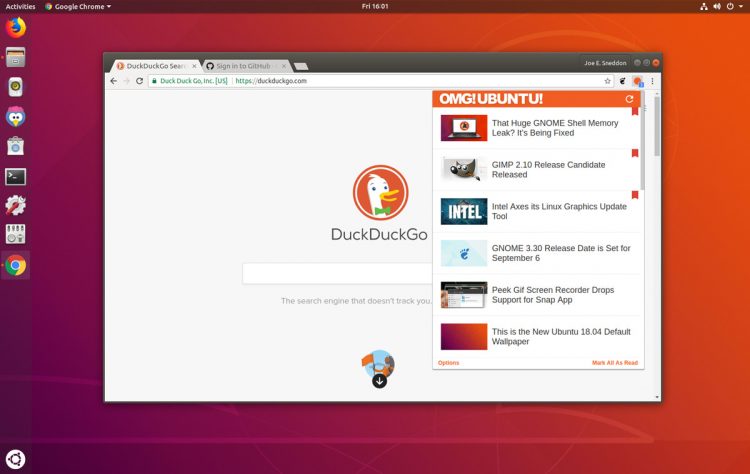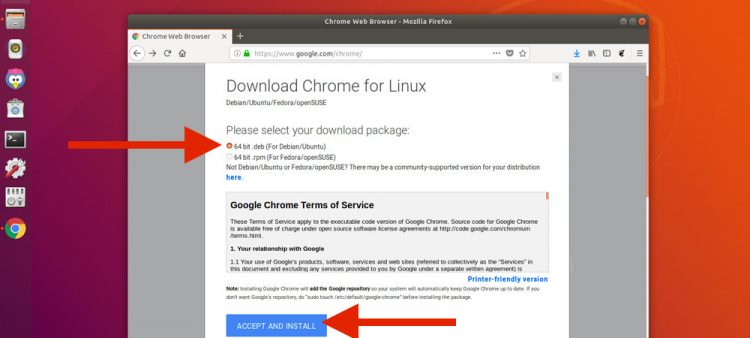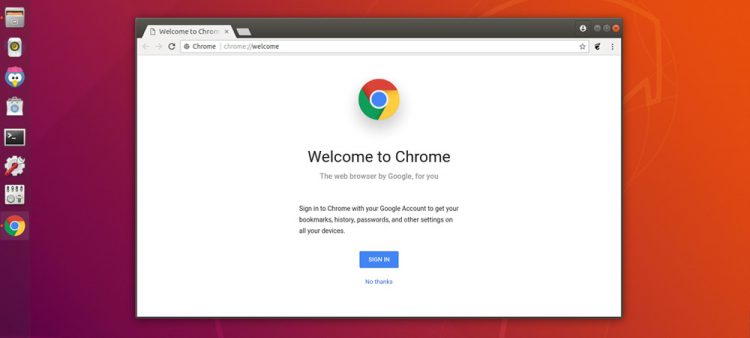Google Chrome is the world’s most popular web browser and in this guide I show you how to install Chrome in Ubuntu, Linux Mint, and other Ubuntu-based Linux distributions.
You may have noticed that Google Chrome isn’t pre-installed in Ubuntu by default. You also won’t find it listed in the Ubuntu Software app (or the new App Center in Ubuntu 23.10).
But don’t worry: installing Chrome in Ubuntu is easy.
How to Install Chrome on Ubuntu
First thing, go and download Google Chrome from the browser’s official website.
You can download it from any web browser (e.g., Mozilla Firefox, included in Ubuntu by default). Just select the “64-bit .deb” package from the options presented.
Before the download starts you’ll need to hit the “Accept and Install” button to agree to the Google Chrome Terms of Service:
Do that, and your Chrome Linux download will begin. If it doesn’t, or you wish to skip the above step entirely, you can download the full offline installer using the direct link below:
Allow the Google Chrome DEB package to complete, then use Ubuntu’s file manager to go to the Downloads folder (or whatever location you chose to save the installer to).
If you’re using Ubuntu 22.04 LTS or earlier you can double-click on the .deb installer package icon in the file manager (shown below) to start installing it:
The Ubuntu Software app will open, and you’ll see an “install” button:
Click that, enter your user password when prompted, and that’s it!
The progress bar will let you know once installation is complete.
Then, launch Google Chrome from the applications grid or your distro’s app menu/launcher.
You can’t install DEB packages in Ubuntu 23.04 and above using App Center, so you’ll need to install the Gdebi application first, or use the command line.
Install Google Chrome from the Command Line
To install Google Chrome on Ubuntu from the command line do the following:
Step 1: Open Terminal and run this command to download Chrome’s DEB installer:
wget https://dl.google.com/linux/direct/google-chrome-stable_current_amd64.deb
Step 2: Use apt to install the DEB:
sudo apt install ./google-chrome-stable_current_amd64.deb
If any errors appear about missing dependencies you may need to ‘force install’ (not as scary as it sounds, it just lets you install the dependencies without needing to specify what they are):
sudo apt -f install
Once installation is finished, open Google Chrome from the app launcher and start using it!
Set up Google Chrome
The first time you run Chrome on any Linux distro it will ask if you want to ‘make Google Chrome the default browser’. If you do want to do this (meaning any links you click in other apps open a new tab in Chrome) go ahead and check the box.
Choose to ‘automatically send usage statistics and crash reports to Google’ if you want to help Chrome developers know what is and isn’t working:
The first time you open Chrome you see an empty browser window welcoming you to the browser and asking if you want to sign in:
Sign-in with a valid Google Account (e.g., Gmail) to sync bookmarks, passwords and Chrome extensions between all of the devices you use on the Chrome browser on, including your smartphone!
Stay Updated
When you install Google Chrome on Ubuntu or a similar Linux distro, the official Google repository is added to your system. This allows you to receive future Google Chrome updates automatically, either through the Software Update tool or your preferred command line package manager.
Google Chrome Not Supported on 32-Bit Ubuntu
Google discontinued support for 32-bit Ubuntu in 2016, so you can no longer install Google Chrome on 32-bit Ubuntu systems. If you’re using a 32-bit system you can install Chromium instead. Chromium is an open-source version of Chrome.
Uninstall Chrome from Ubuntu
If you install Google’s web browser but later decide it’s not for you, that’s fine: you can uninstall Chrome on ubuntu just as easily as you installed it.
Open a new Terminal window and run:
sudo apt remove google-chrome
Removal is quick but some configuration files may be left on your system. If you want to clean these out you’ll need to delete them by hand, or use a tool like Bleachbit.
Summary
In this tutorial, you learned how to install Google Chrome on Ubuntu and its official flavours, as well as Linux Mint and (almost every) Ubuntu-based Linux distro. I also showed you how to install Google Chrome from the command line for convenience.
If you have any questions or feedback, please feel free to leave a comment below.
H/T Toby







